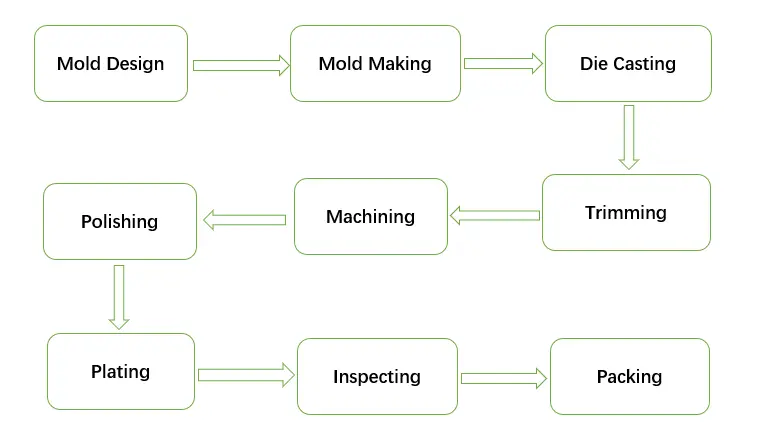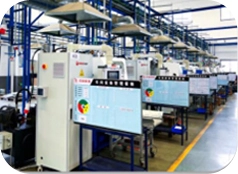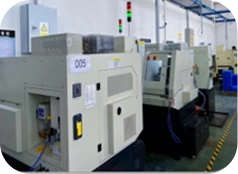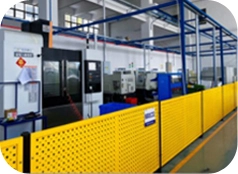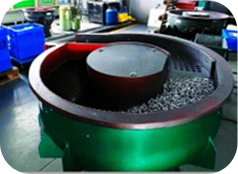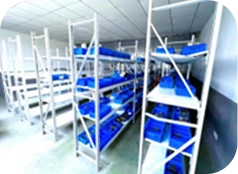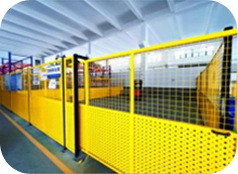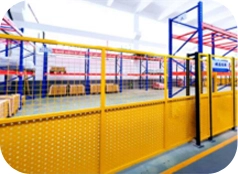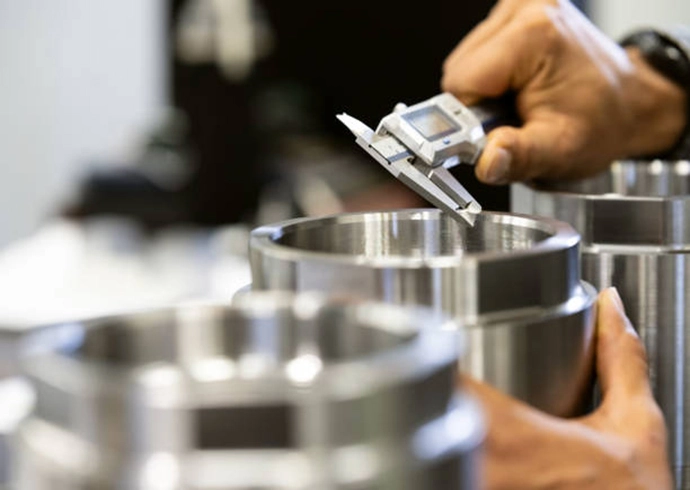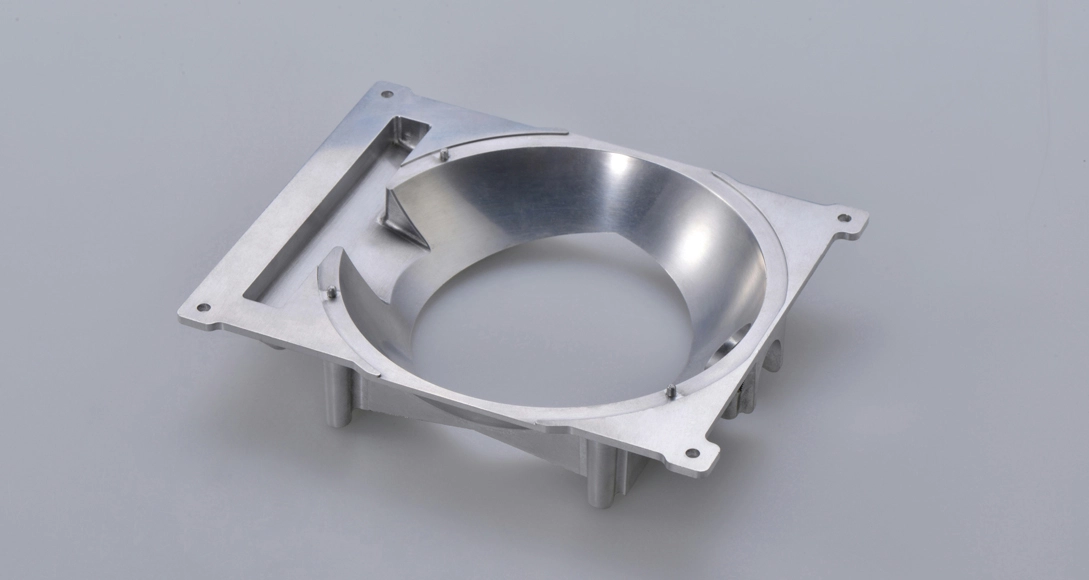Material selection is a critical aspect of the die casting process, significantly impacting the performance, cost, and application of the final product. Aluminum, zinc, and magnesium alloys are the most commonly used materials in die casting, each offering unique advantages.
Aluminum Alloys: Known for their excellent strength-to-weight ratio, aluminum alloys are ideal for applications requiring lightweight yet durable components. They also offer good thermal and electrical conductivity, making them suitable for automotive and aerospace industries.
Zinc Alloys: Zinc alloys including zamak 3 alloy and zamak 5 alloy are highly versatile, providing excellent dimensional stability and the ability to produce intricate and thin-walled parts. They are also cost-effective and have a lower melting point, which reduces energy consumption during the casting process. Zinc is often used in consumer electronics and hardware applications.
Magnesium Alloys: Magnesium alloys are the lightest of the three, offering superior machinability and excellent strength-to-weight ratios. They are particularly beneficial in applications where weight reduction is crucial, such as in the automotive and electronics industries.
Each material has its own set of properties that make it suitable for specific applications, and the choice depends on factors like mechanical requirements, cost constraints, and environmental conditions.
Shanghai Eesson Mech Tech Co., Ltd. specializes in high-precision zinc alloy die-casting, delivering top-quality components for various industries.

 English
English 